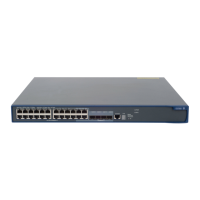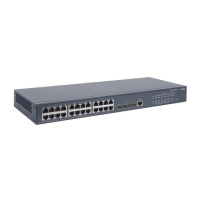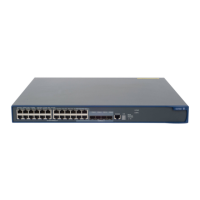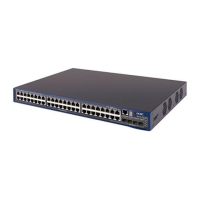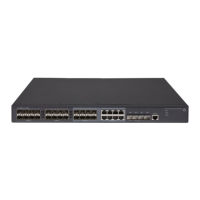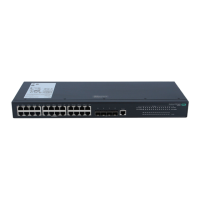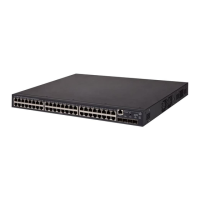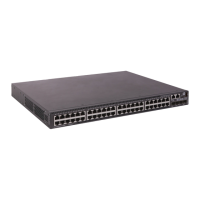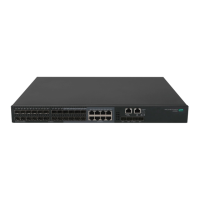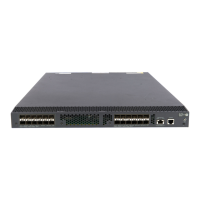11
• Portal—Portal users must pass portal authentication to access the network.
For a user who has logged in to the device, AAA provides the following services to enhance device
security:
• Command authorization—Enables the NAS to defer to the authorization server to determine
whether a command entered by a login user is permitted for the user, ensuring that login users
execute only commands they are authorized to execute. For more information about command
authorization, see the Fundamentals Configuration Guide.
• Command accounting—Allows the accounting server to record all commands executed on the
device or all authorized commands successfully executed. For more information about command
accounting, see the Fundamentals Configuration Guide.
• Level switching authentication—Allows the authentication server to authenticate users performing
privilege level switching. As long as passing level switching authentication, users can switch their
user privilege levels, without logging out and disconnecting current connections. For more
information about user privilege level switching, see the Fundamentals Configuration Guide.
You can configure different authentication, authorization, and accounting methods for different users in
a domain. See "Configuring AAA methods for ISP domains."
Protocols and standards
The following protocols and standards are related to AAA, RADIUS, and HWTACACS:
• RFC 2865, Remote Authentication Dial In User Service (RADIUS)
• RFC 2866, RADIUS Accounting
• RFC 2867, RADIUS Accounting Modifications for Tunnel Protocol Support
• RFC 2868, RADIUS Attributes for Tunnel Protocol Support
• RFC 2869, RADIUS Extensions
• RFC 1492, An Access Control Protocol, Sometimes Called TACACS
RADIUS attributes
Commonly used standard RADIUS attributes
Table 4 Commonly used standard RADIUS attributes
No. Attribute Descri
tion
1 User-Name Name of the user to be authenticated.
2 User-Password
User password for PAP authentication, present only in Access-Request packets in
PAP authentication mode.
3 CHAP-Password
Digest of the user password for CHAP authentication, present only in
Access-Request packets in CHAP authentication mode.
4 NAS-IP-Address
IP address for the server to identify a client. Usually, a client is identified by the IP
address of the access interface of the NAS, namely the NAS IP address. This
attribute is present in only Access-Request packets.
5 NAS-Port Physical port of the NAS that the user accesses.
6 Service-Type Type of service that the user has requested or type of service to be provided.
7 Framed-Protocol Encapsulation protocol.
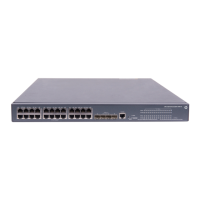
